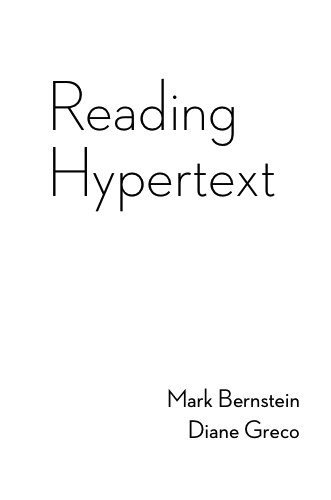Every Day The Same Dream
Stacey Mason

Molleindustria brings us Every Day the Same Dream, an example of game as art. You control a generic man. He wakes up, drives to work, goes to work in a generic cubicle surrounded by men that look just like him. You can interact superficially with a few objects, but for the most part, you’re limited to walking from left to right. You reach an end, and then you wake up again. The art is great and the music (by Jesse Stiles) is exceptional.
Works like this bring up an interesting point about what “games” really are. This work was presented as an example of games-as-art. You control a fictional character in a projected story-world, and you can interact with objects and characters around you (in a very limited way, but in this case that’s the point). Because I was expecting a “game” I was also expecting a degree of flexibility in my actions and of agency in the story . This expectation made my choices feel more superficial, until I realized that the object is to vary the man’s day by connecting with things in the story.
Expectation seems to have an interesting role in agency, as seen in games like this or in Passage. Ebert argues that all games have objectives. With Passage, in my mind there was some kind of objective, even if I wasn’t quite sure what it was beyond gathering items. Ultimately though, there is no “win condition.” I’m affecting the game world to some degree even though the point of the game is to realize that the end is predetermined. The author’s goal here is the metanarrative—the reader’s realization that she can’t change the ending. Is the agency within the game artificial since it all leads to the same ending? Any more artificial than Every Day the Same Dream or any other game with a single “successful” ending and multiple fail conditions? More or less than that of a student reading eLit with no clear ending?
